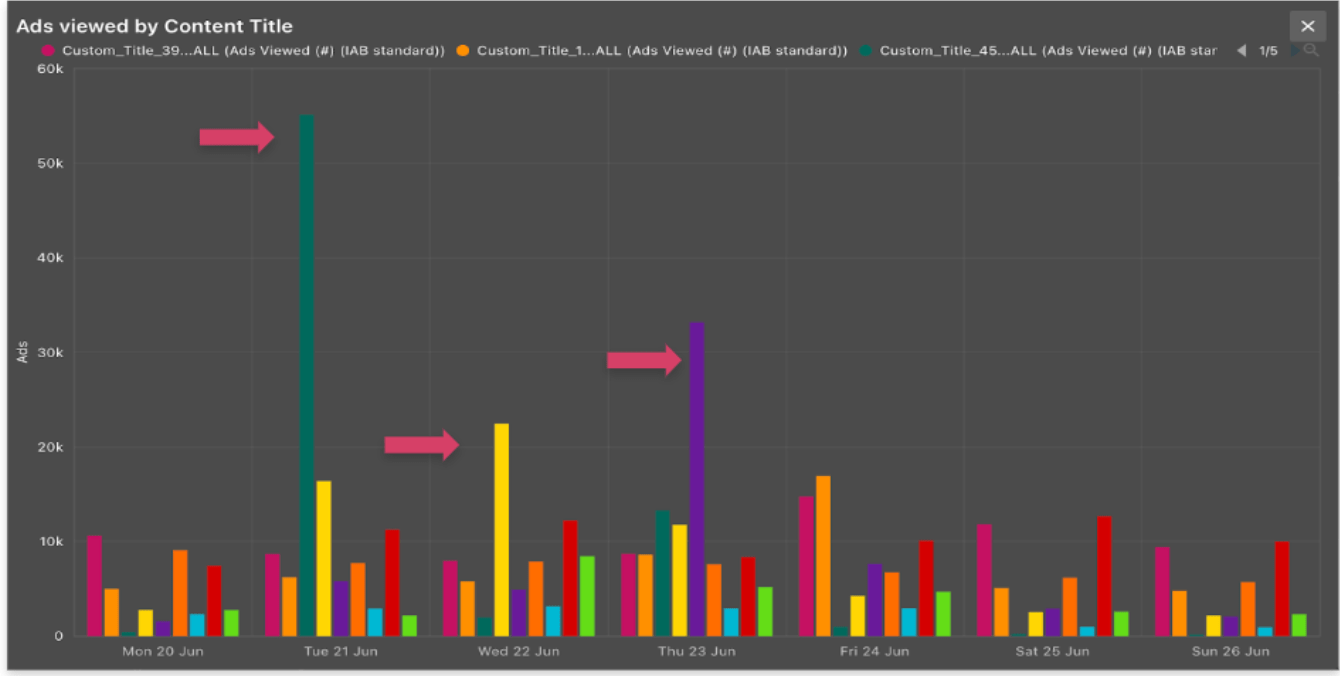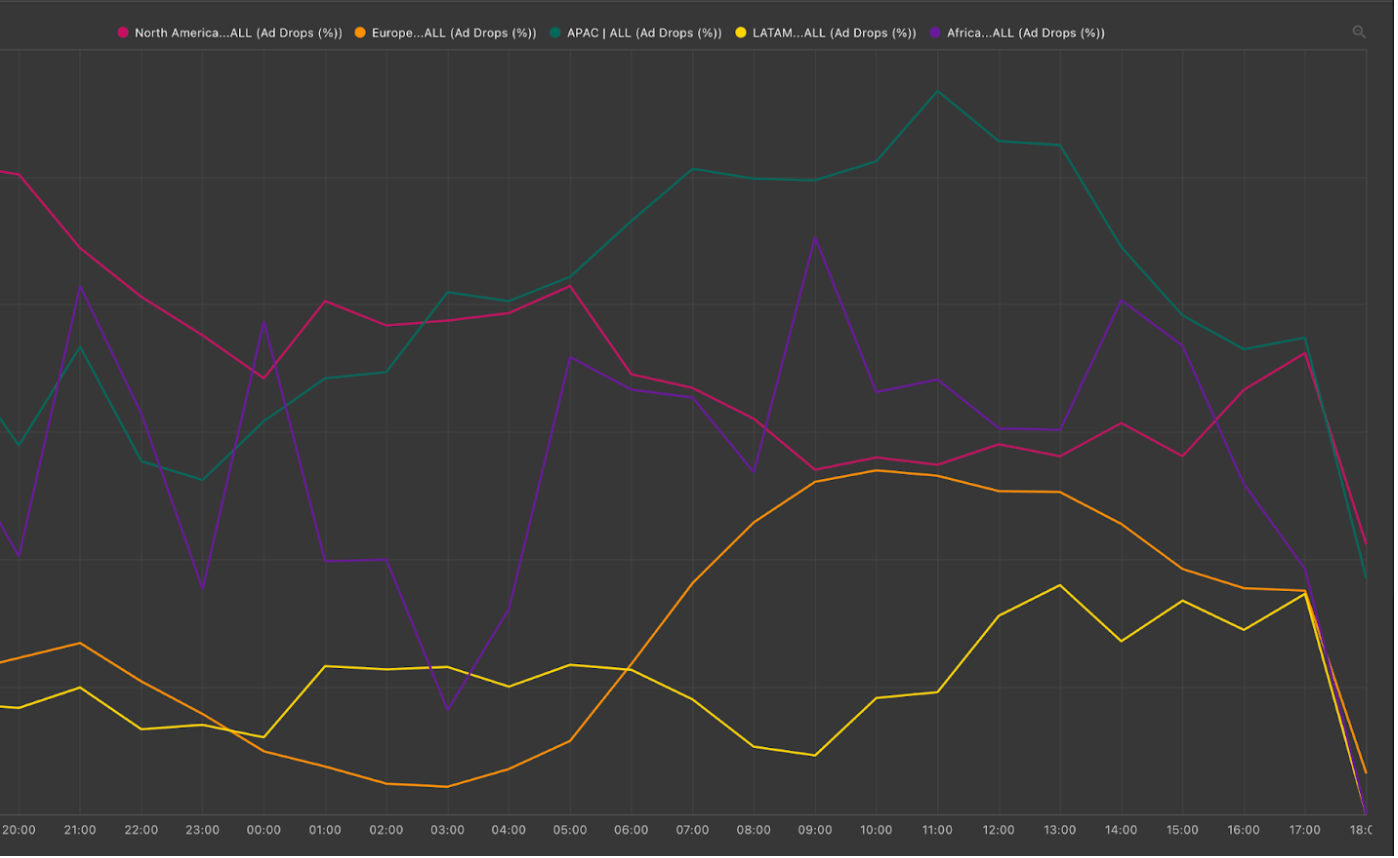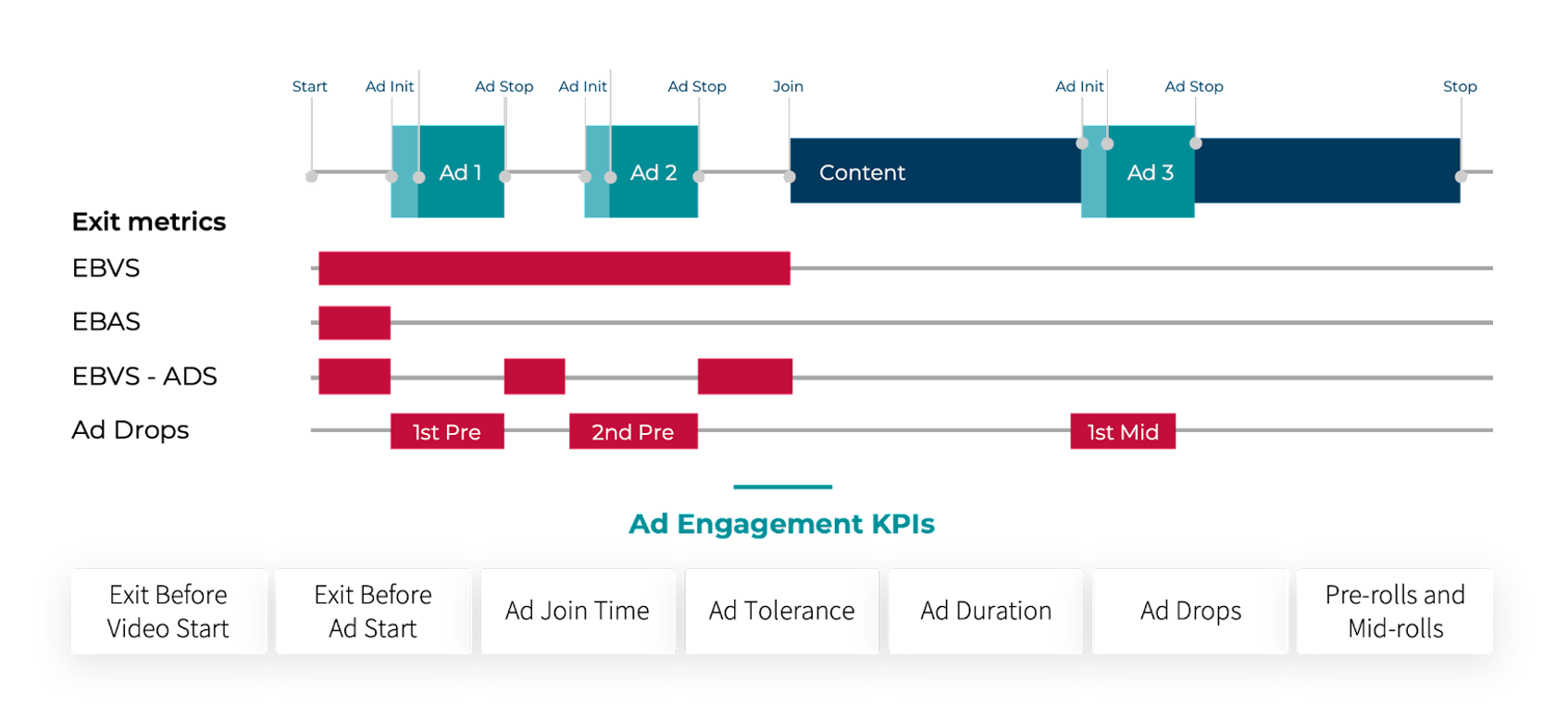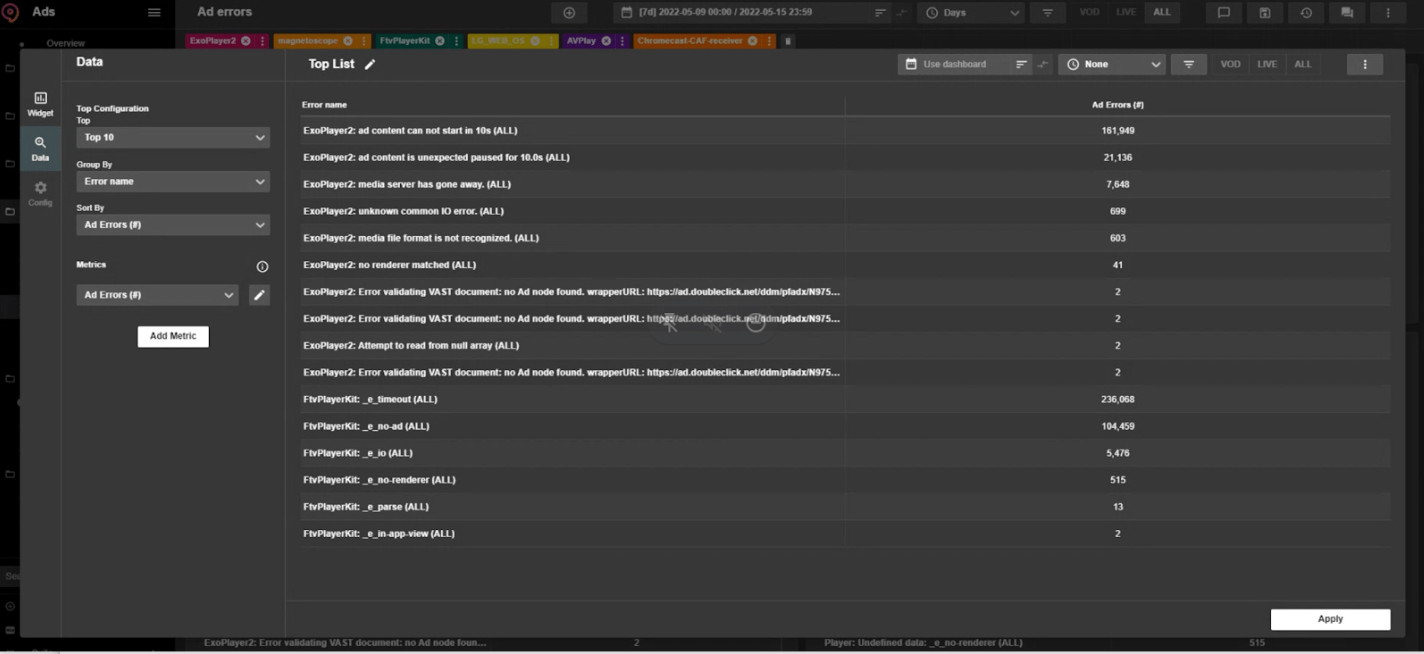When your streaming service features ads, learning how to optimize your ad experience is a crucial step toward maximizing ad revenue and reducing user churn. It is a process that requires access to the reliable, end-user insights only an independent streaming advertising analytics tool can provide. But it also involves a good deal of know-how.
In this blog, we explain how to leverage the ad analytics capabilities of a streaming intelligence platform to design an ad experience that increases both ad revenue and user satisfaction.
Identify the right content for maximum ad monetization
First of all, you need to understand the advertising potential of your content library. By correlating ad performance and content consumption data, you can identify the most monetizable content and plan ad allocation and content investment accordingly.
You should, for example, look at the number of ads viewed by title and see what type of content brings the most ad views. This is either highly appealing content for which users will tolerate a higher number of ads or content that attracts a segment of your user base that has a high affinity for ads.
A custom NPAW Suite graph showing the number of ads viewed by content title
In either case, with this information you can allocate more ads to this high-engagement content and give a boost to your revenue. You can also invest in new titles knowing what type of content will generate the best advertising results.
Understand your users’ tolerance to ads
Next, you should dive deeper into your users’ tolerance levels to ads.
Some users are more tolerant of ads than others. Having a clear sense of how well your audience tolerates ads will allow you to design an ad experience that makes the most of your ad inventory without overwhelming your users and making them drop off.
By analyzing ad engagement data by region, type of device, or content and user type, you can segment your users according to their ad tolerance and deliver to each segment a custom ad experience that maximizes both ad revenue and user satisfaction.
A graph from the NPAW Suite measuring the effect of ads in ad drops across regions
That includes optimum ad length and number of ads displayed, but also the ideal placement of the ads, which brings us to the next point.
Define optimum ad placement
An advanced streaming analytics tool gives you full visibility into your users’ journey, and you should use that information to determine where to place the ads to improve engagement and the user experience.
The tracking of ad engagement and exit metrics depending on the position of ads
To do so, you need to closely monitor all the points where the users may leave before the ad is completed and compare the users’ behavior and their ad engagement at each one of them.
Through this examination, you can, for instance, see if your users will drop off the moment you try to show more than X number of ads once the video content has started. You can also see if ads do better at the beginning of videos or in the middle of it, or where your users tolerate longer ads.
Monitor errors and mitigate their impact on the ad experience
Finally, you must keep a close eye on errors affecting your ad playback. Ad errors pose a twofold problem: one, they prevent you from monetizing all your available ad spots and, two, they impact the viewing experience of your users.
An advanced advertising streaming analytics tool can tell you what types of ad errors your users are encountering the most and their cause. With these insights, you can mitigate ad playback issues more effectively and based on their impact on your user base.
A list from the NPAW Suite showing the most frequent ad errors
You should also look at individual ads and analyze their quality of experience data to identify ads that are causing problems. For example, ads with a higher buffer ratio and join time than the average will negatively affect your viewers’ ad experience, so identifying them quickly is key.
—
Interested in putting these tips into practice? Learn more about the NPAW Suite’s advertising analytics capabilities.





